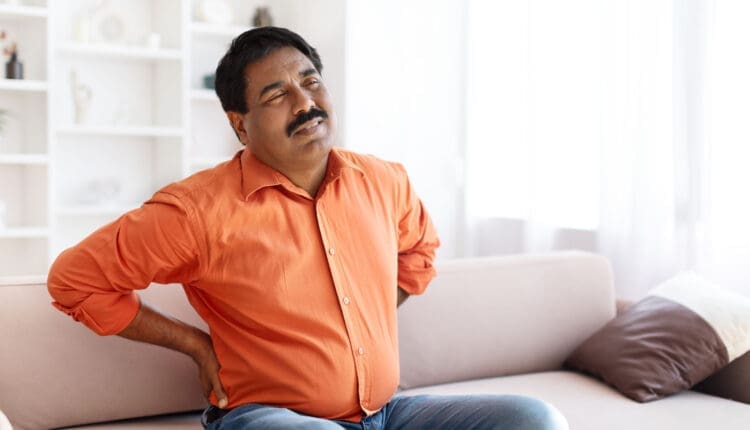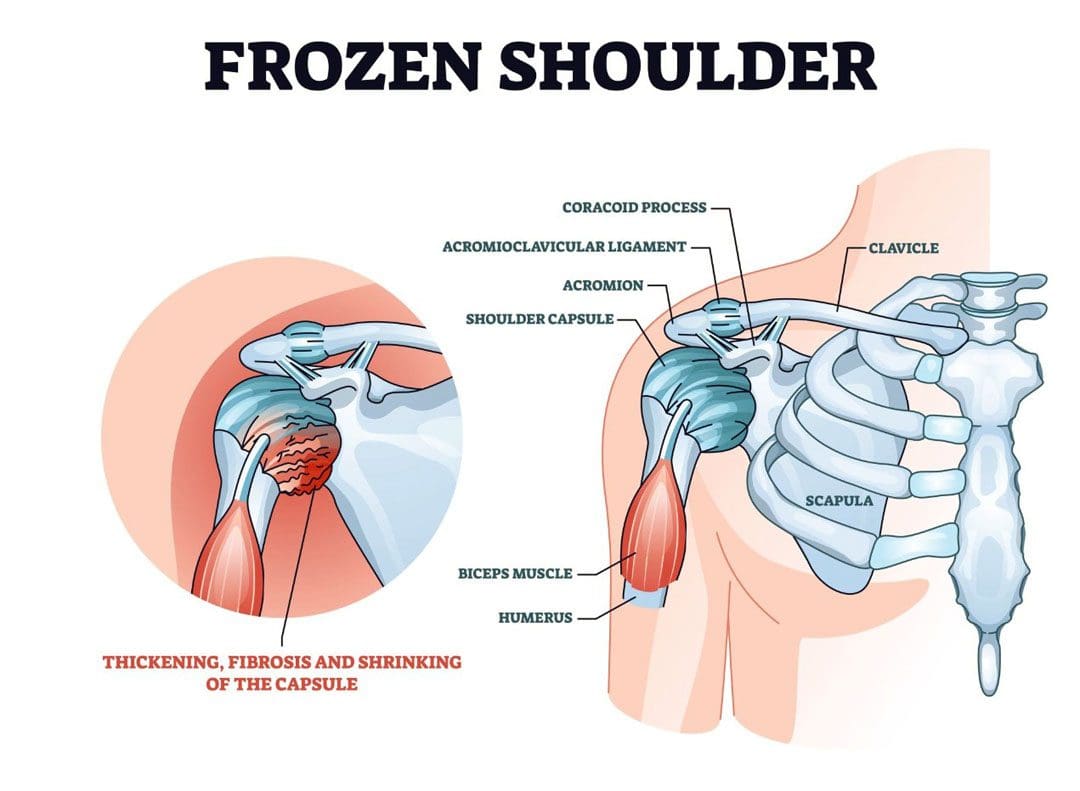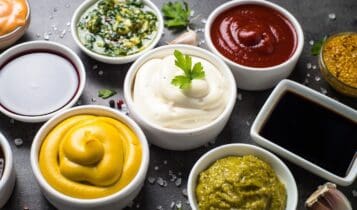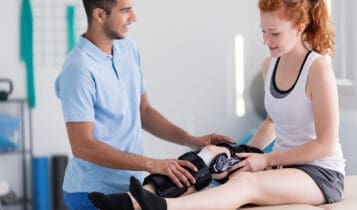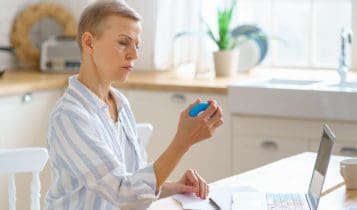Why Chiropractors Emphasize Nutrition for Wellness

The Vital Role of Nutrition in Chiropractic Care: A Holistic Approach to Health
When you think of chiropractic care, you might picture spinal adjustments and relief from back pain. But there’s more to it than that. Chiropractors are increasingly focusing on nutrition because they view it as a crucial component of overall health and wellness. This approach goes beyond just fixing physical issues—it’s about supporting the body’s natural ability to heal and thrive. Proper nutrition plays a critical role in reducing inflammation, boosting energy, strengthening bones and muscles, and improving nervous system function. By combining a nutrient-rich diet with chiropractic adjustments, people can experience better treatment outcomes and long-term well-being. Let’s dive into why this holistic connection matters and how it works.
Nutrition is like fuel for the body. Just as a car needs the right gas to run smoothly, your body needs the right nutrients to support chiropractic care. Chiropractors recognize that what you eat can either help or hinder the healing process. A diet rich in vitamins, minerals, and other essential nutrients provides the building blocks for tissue repair and helps keep your body in top shape. This article will examine how nutrition supports chiropractic care, drawing on expert insights and practical examples to demonstrate why this combination is so effective.
Why Chiropractors Focus on Nutrition
Chiropractors focus on nutrition because they understand its critical role in holistic health. Holistic health means looking at the whole person—not just the symptoms. This approach aligns with the chiropractic philosophy of promoting the body’s natural healing process. Proper nutrition aids in healing by providing the body with the necessary tools to repair tissues damaged by injury or wear. It also reduces inflammation, which is a common cause of pain and stiffness that many patients seek chiropractic care for (Family Chiropractic Plus, 2019).
Inflammation can make joints and muscles feel sore, but a diet rich in anti-inflammatory foods like fruits, vegetables, and omega-3 fatty acids can help calm it down. This supports the effectiveness of chiropractic adjustments by creating a better environment for recovery. Nutrition also boosts energy levels, which is crucial for staying active and maintaining the benefits of chiropractic care. For example, eating foods like lean proteins and whole grains can keep you energized throughout the day (Ribley Chiropractic, 2022).
Strong bones and muscles are another big focus. Calcium and magnesium, found in foods such as dairy products and leafy greens, help build bone strength, which is essential for spinal health (Tradition Health, 2025). Weak bones can lead to issues like osteoporosis, making chiropractic adjustments less effective. Additionally, a healthy nervous system relies on proper nutrition. The nervous system controls everything from movement to pain signals, and chiropractors know that nutrients like B vitamins support its function (Chiropractic San Antonio, 2023). When the nervous system works well, the body can respond better to treatments.
A nutrient-rich diet provides the raw materials for tissue repair and overall function. Proteins help rebuild muscles and ligaments, while antioxidants protect against damage. This complements chiropractic adjustments by enhancing their impact and contributing to better outcomes. Long-term well-being comes from this balanced approach, as it addresses both the structural and nutritional needs of the body (Atlas Injury to Health, 2023).
References Atlas Injury to Health. (2023). The relationship between chiropractic care and nutrition enhancing overall health and wellness. https://atlasinjurytohealth.com/the-relationship-between-chiropractic-care-and-nutrition-enhancing-overall-health-and-wellness/ Chiropractic San Antonio. (2023). Does your chiropractor talk like a nutritionist? Here’s why. https://www.chiropractic-sanantonio.com/does-your-chiropractor-talk-like-a-nutritionist-heres-why/ Family Chiropractic Plus. (2019). Nutrition: A necessary component of chiropractic. https://www.familychiroplus.com/nutrition-a-necessary-component-of-chiropractic Ribley Chiropractic. (2022). Chiropractic nutrition: Diet’s role in chiropractic care. https://ribleychiro.com/chiropractic-nutrition/ Tradition Health. (2025). Nutrition and chiropractic care. https://traditionhealth.com/2025/01/07/nutrition-and-chiropractic-care/
The Science Behind Nutrition and Chiropractic Care
The connection between nutrition and chiropractic care is backed by science. When chiropractors adjust your spine, they aim to improve alignment and reduce nerve interference. However, if your body lacks the necessary nutrients, those adjustments may not be as effective. For instance, a diet low in vitamin D can weaken bones, making it harder to maintain proper alignment (Grove Chiropractic, 2023). On the flip side, a nutrient-rich diet supports the body’s healing process, making adjustments more effective.
Inflammation is a key factor that nutrition can address. Chronic inflammation can worsen conditions like arthritis or back pain, but eating anti-inflammatory foods can help. Studies show that omega-3 fatty acids, found in fish and nuts, reduce inflammation and support joint health (Heuser Chiropractic, 2024). This means less pain and better mobility after chiropractic sessions. Energy levels also improve with proper nutrition, as carbohydrates and proteins provide the fuel needed for daily activities and recovery (Crossroads Chiropractic Clinic, 2020).
Bones and muscles benefit from nutrients like calcium and magnesium. These minerals strengthen the skeletal system, which is crucial for supporting the spine during adjustments. A strong musculoskeletal system can handle the physical demands of chiropractic care and prevent future injuries (Tradition Health, 2025). The nervous system, which chiropractors focus on, also relies on nutrients like B vitamins to function smoothly. When nerves are healthy, they communicate better, enhancing the body’s response to treatment (Chiropractic San Antonio, 2023).
Tissue repair is another area where nutrition shines. After an injury or adjustment, the body needs proteins to rebuild muscles and connective tissues. A diet with lean meats, eggs, and beans provides these building blocks, speeding up recovery (Dallas Accident & Injury Rehab, 2023). This synergy between nutrition and chiropractic care leads to better treatment outcomes and a stronger, healthier body over time.
References Chiropractic San Antonio. (2023). Does your chiropractor talk like a nutritionist? Here’s why. https://www.chiropractic-sanantonio.com/does-your-chiropractor-talk-like-a-nutritionist-heres-why/ Crossroads Chiropractic Clinic. (2020). What is the role of nutrition in chiropractic care?. https://crossroadschiropracticclinicpa.com/what-is-the-role-of-nutrition-in-chiropractic-care/ Dallas Accident & Injury Rehab. (2023). Combining nutritional counseling and chiropractic care. https://dallasaccidentandinjuryrehab.com/combining-nutritional-counseling-and-chiropractic-care/ Grove Chiropractic. (2023). Integrating chiropractic care with nutrition for optimal wellness. https://grovechiropractic.com/blog/integrating-chiropractic-care-with-nutrition-for-optimal-wellness Heuser Chiropractic. (2024). The alignment of chiropractic and nutrition. https://www.heuserchiro.com/blog/posts/the-alignment-of-chiropractic-and-nutrition Tradition Health. (2025). Nutrition and chiropractic care. https://traditionhealth.com/2025/01/07/nutrition-and-chiropractic-care/
Dr. Alexander Jimenez: A Leader in Chiropractic and Integrative Medicine
Dr. Alexander Jimenez, a chiropractor and nurse practitioner in El Paso, is a standout in the field for his comprehensive approach to treating injuries. He handles a wide range of cases, including work injuries, sports injuries, personal injuries, and motor vehicle accidents. His method combines chiropractic care with integrative medicine to address the root causes of pain and promote healing. Dr. Jimenez’s clinical observations, shared through his website and social media, highlight his success in helping patients recover (Jimenez, 2025).
For work injuries, Dr. Jimenez focuses on repetitive strain or acute trauma, using spinal adjustments to relieve pain and improve mobility. He incorporates nutrition plans to reduce inflammation and speed healing. Sports injuries, like sprains or strains, are treated with targeted exercises and chiropractic techniques, supported by a diet rich in proteins and antioxidants. Personal injuries, such as falls, benefit from his dual-scope diagnosis, combining chiropractic and medical assessments to create personalized treatment plans. Motor vehicle accident victims receive care for whiplash or back injuries, with nutrition playing a key role in tissue repair (Jimenez, 2025).
Dr. Jimenez also excels in medical care and legal documentation for personal injury lawsuits. He provides detailed reports and expert testimony, linking injuries to specific incidents and documenting the progress of treatment. His use of chiropractic care and integrative medicine helps patients recover while strengthening their legal cases by addressing injury causes and enhancing overall health (Jimenez, 2025).
His clinical approach involves correlating patient injuries with dual-scope diagnosis and treatment. He uses diagnostic assessments, such as X-rays and sophisticated imaging, to pinpoint issues, followed by tailored procedures. This might include chiropractic adjustments, massage therapy, acupuncture, and exercise plans, all supported by nutrition to promote natural healing and prevent long-term consequences (Jimenez, 2025).
References Jimenez, A. (2025). Clinical observations and treatments. https://dralexjimenez.com/
How Dr. Jimenez Treats Different Injuries
Dr. Jimenez’s approach to treating injuries is thorough and tailored. For work-related injuries, such as those caused by lifting or repetitive motions, he uses spinal adjustments to correct alignment and reduce nerve pressure. He incorporates nutritional counseling to combat inflammation through foods like turmeric and omega-3s, enabling workers to recover more quickly (Jimenez, 2025).
Sports injuries, common among athletes, are another focus. Whether it’s a twisted ankle or a pulled muscle, Dr. Jimenez applies chiropractic techniques to restore movement. He recommends a protein-rich diet with chicken and fish to rebuild tissues, paired with exercises to strengthen the injured area. This combo speeds recovery and prevents future issues (Jimenez, 2025).
Personal injuries, like those from slips or falls, require a detailed plan. Dr. Jimenez uses his dual training as a chiropractor and nurse practitioner to assess and treat these cases. He might use massage therapy to relax muscles and acupuncture to reduce pain, while a nutrient-dense diet with fruits and vegetables supports healing (Jimenez, 2025).
Motor vehicle accidents often cause whiplash or back pain. Dr. Jimenez employs integrative medicine, combining chiropractic adjustments with physical therapy. He advises patients to eat calcium-rich foods like broccoli to strengthen bones, enhancing the effectiveness of his treatments and reducing long-term damage (Jimenez, 2025).
References Jimenez, A. (2025). Clinical observations and treatments. https://dralexjimenez.com/
Medical and Legal Support from Dr. Jimenez
Dr. Jimenez goes beyond treatment by offering comprehensive medical care and legal documentation to support personal injury lawsuits. He conducts thorough evaluations, using diagnostic tools to document injuries like herniated discs or nerve damage. His reports detail how chiropractic care and nutrition enhance recovery, providing solid evidence to support legal claims (Jimenez, 2025).
His integrative approach addresses the causes of injuries, such as poor posture or inflammation, while enhancing overall health with targeted treatments. This dual focus not only helps patients heal but also strengthens their cases by showing a clear path to recovery. Dr. Jimenez’s expertise makes him a trusted ally in legal proceedings (Jimenez, 2025).
References Jimenez, A. (2025). Clinical observations and treatments. https://dralexjimenez.com/
Clinical Correlation and Treatment Methods
Dr. Jimenez’s clinical correlation links patient injuries to specific causes using dual-scope diagnosis. He combines chiropractic assessments with medical evaluations, using X-rays and MRI scans to identify issues like spinal misalignment or soft tissue damage. This precise diagnosis guides his treatment plans (Jimenez, 2025).
His procedures include chiropractic adjustments to realign the spine, massage therapy to ease muscle tension, and acupuncture to relieve pain. Targeted exercises build strength, while integrative medicine, like nutritional counseling, supports healing. This multi-faceted approach promotes natural recovery and prevents chronic problems (Jimenez, 2025).
References Jimenez, A. (2025). Clinical observations and treatments. https://dralexjimenez.com/
Promoting Natural Healing and Preventing Long-Term Issues
Chiropractic care, exercise, massage therapy, acupuncture, and integrative medicine work together to promote natural healing and overall well-being. Adjustments correct alignment, while exercises strengthen muscles. Massage and acupuncture reduce pain and inflammation, and a nutrient-rich diet, as recommended by Dr. Jimenez, supports tissue repair (Get Adjusted, 2023).
This combination prevents long-term consequences like chronic pain or reduced mobility. By addressing injuries early with proper nutrition and care, patients can avoid surgery and maintain a high quality of life (Isis Chiropractic, 2023).
References Get Adjusted. (2023). Balancing the body. https://www.get-adjusted.net/balancing-the-body/ Isis Chiropractic. (2023). Nutrition and chiropractic care. https://www.isischiropractic.co.uk/treatments/nutrition-and-chiropractic-care/
Conclusion
Nutrition and chiropractic care go hand in hand to support holistic health. Chiropractors like Dr. Alexander Jimenez recognize that a nutrient-rich diet enhances healing, reduces inflammation, boosts energy, strengthens bones and muscles, and improves nervous system function. This approach complements adjustments, leading to better treatment outcomes and long-term well-being. By focusing on the whole body, chiropractic care with nutrition offers a powerful path to a healthier life.
References
Atlas Injury to Health. (2023). The relationship between chiropractic care and nutrition enhancing overall health and wellness
Chiropractic San Antonio. (2023). Does your chiropractor talk like a nutritionist? Here’s why
Crossroads Chiropractic Clinic. (2020). What is the role of nutrition in chiropractic care?
Dallas Accident & Injury Rehab. (2023). Combining nutritional counseling and chiropractic care
Family Chiropractic Plus. (2019). Nutrition: A necessary component of chiropractic
Get Adjusted. (2023). Balancing the body
Grove Chiropractic. (2023). Integrating chiropractic care with nutrition for optimal wellness
Heuser Chiropractic. (2024). The alignment of chiropractic and nutrition
Isis Chiropractic. (2023). Nutrition and chiropractic care
Jimenez, A. (2025). Clinical observations and treatments
Ribley Chiropractic. (2022). Chiropractic nutrition: Diet’s role in chiropractic care
Tradition Health. (2025). Nutrition and chiropractic care





